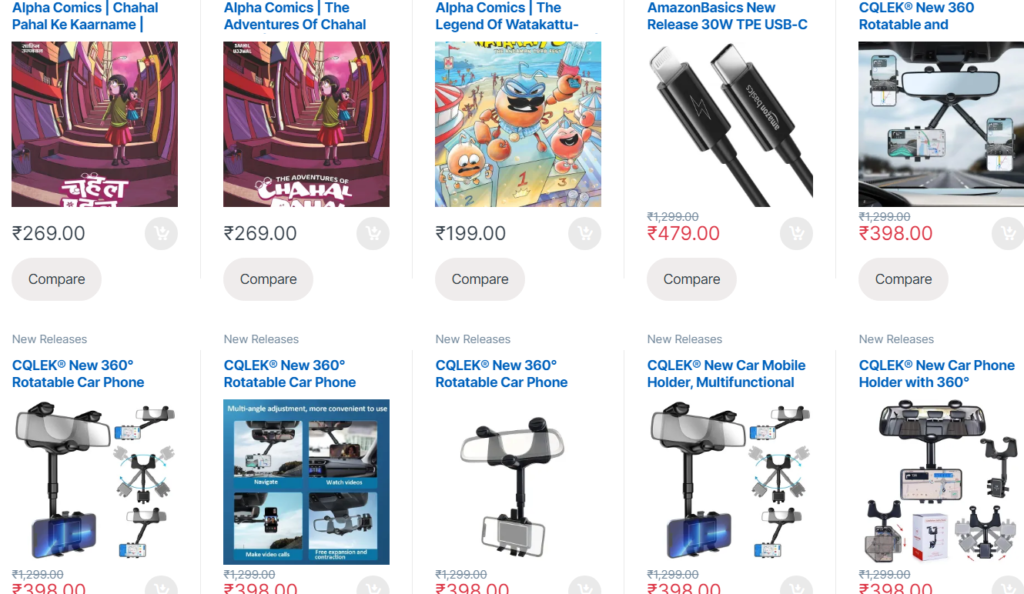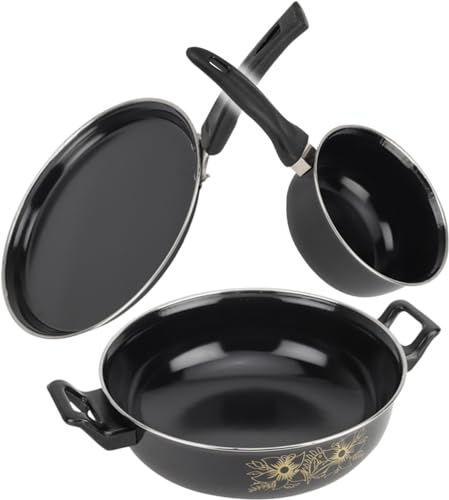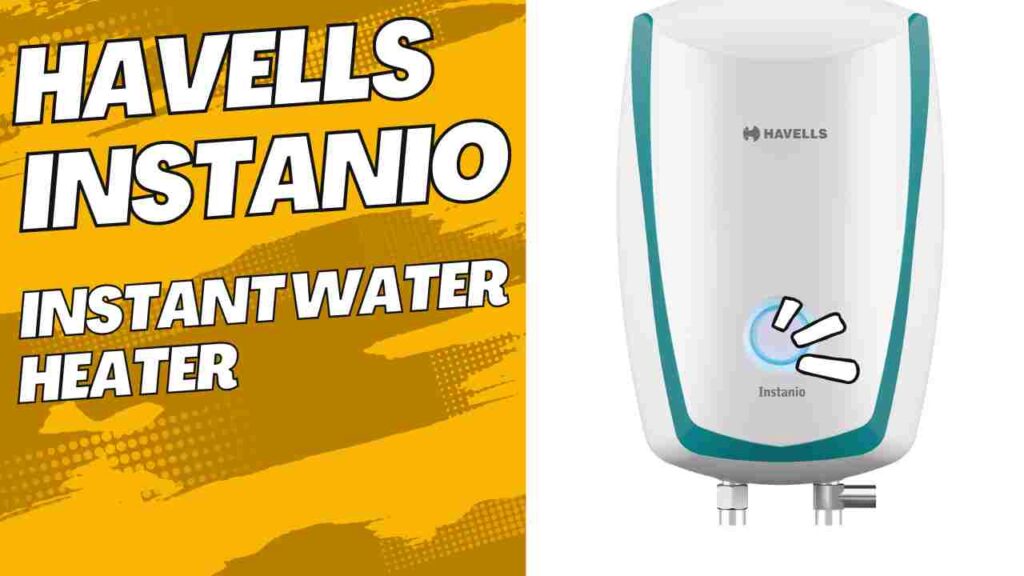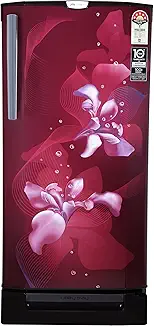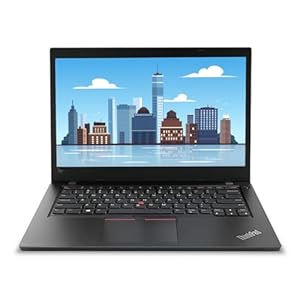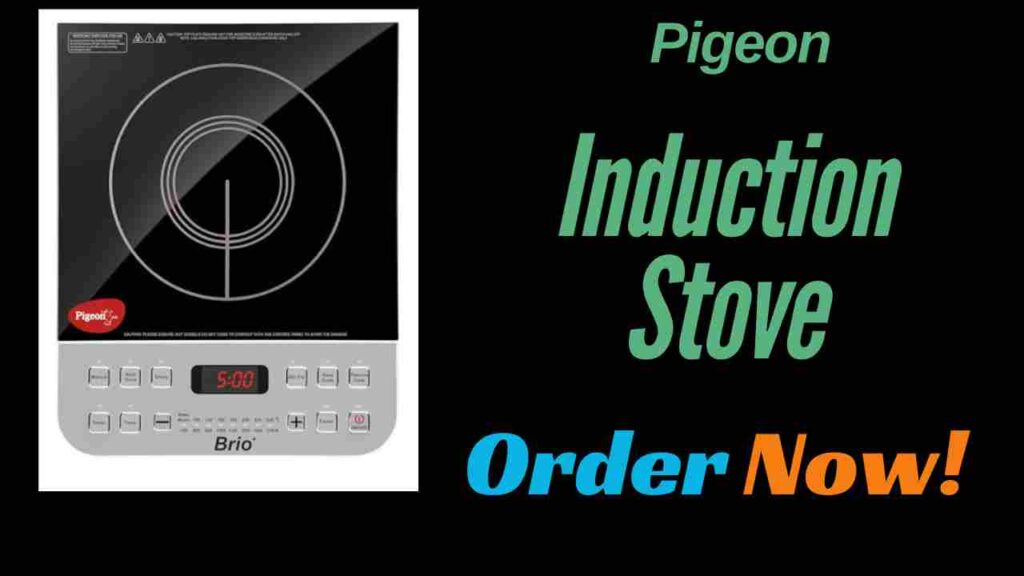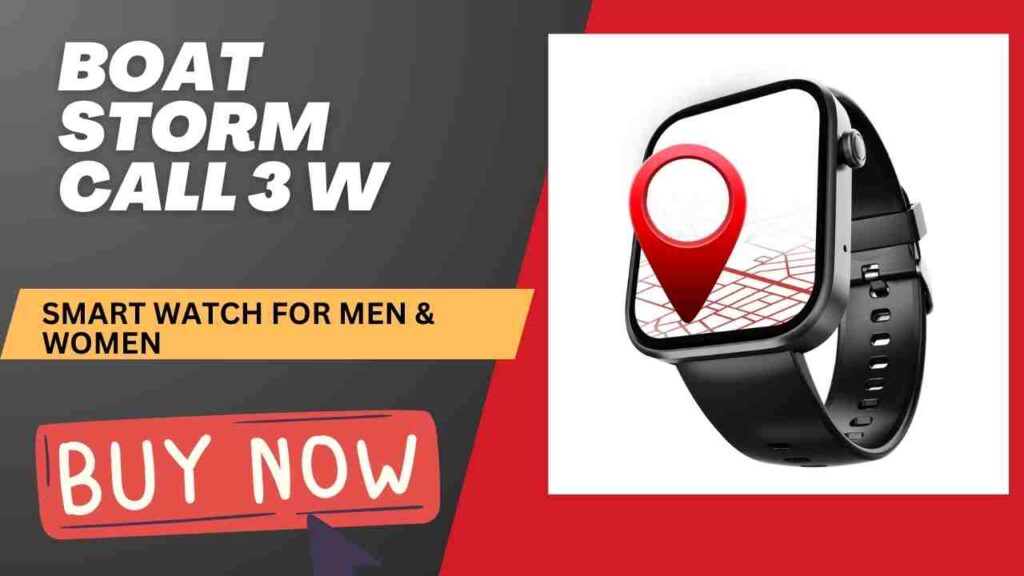Pro tip: When you choose between these three you must weigh Pro-level performance and the best camera hardware against the iPhone Air’s thinness and lighter battery, which can force you to charge your phone midday; for most users the iPhone 17 delivers the best value with flagship cameras and solid battery life, while the iPhone 17 Pro is for creators who need top-tier speed, thermals, and lens versatility.
Key Takeaways:
- iPhone 17 Pro: top performance with A19 Pro, best cameras (larger sensors, 3x/5x telephoto options), and longest battery life — ideal for creators and heavy users.
- iPhone 17: best value — flagship-class speed (A18-class), all 48MP rear cameras, strong battery for most users at a lower price than Pro.
- iPhone Air: ultra-thin, light, and very portable but trades off battery capacity, multi-lens versatility, and sustained thermal performance.
- Display and haptics: Pro offers ProMotion, higher brightness, and advanced haptics; 17 balances quality and cost; Air prioritizes thin OLED design.
- Cameras: Pro for advanced photo/video workflows (ProRAW/ProRes and telephoto); 17 for high-detail 48MP shots across lenses; Air for good single-lens results with limited zoom.
- Battery & performance trade-offs: Pro handles sustained heavy workloads with less throttling; 17 delivers dependable all-day use; Air may require midday charging during heavy use.
- Buying guidance: choose Pro for professional workflows, 17 for the best everyday flagship value, and Air if portability and thinness are your top priorities — test feel and check carrier/trade-in deals before buying.
The Power Players: Unpacking the iPhone 17 Pro
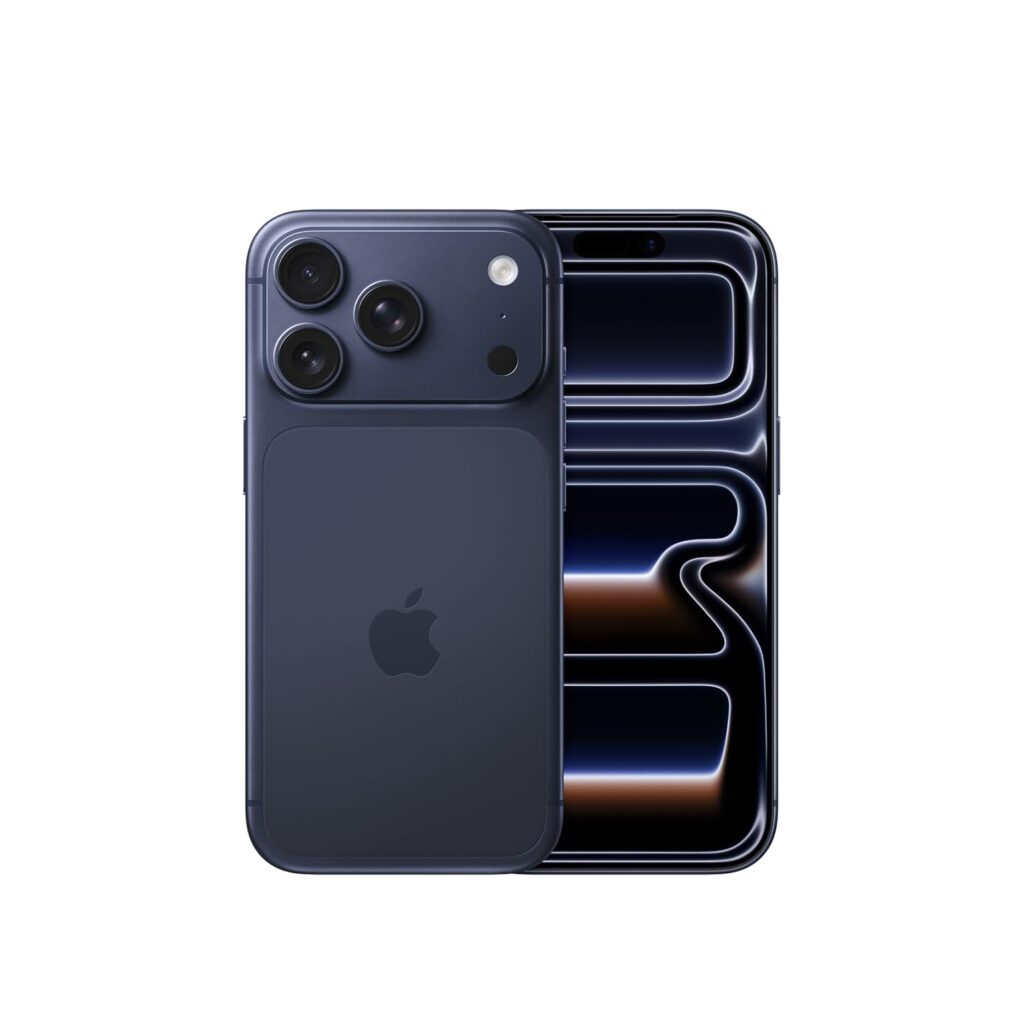
You’ll notice the iPhone 17 Pro is built around the A19 Pro, larger camera sensors, and a stiffer chassis that sacrifices a bit of weight for capability; that combination delivers the phone Apple expects creators to choose. Expect the Pro to handle multi-hour shoots, advanced ProRAW/ProRes workflows, and the heaviest apps while offering the best battery life in iPhone history for sustained use — at a premium price and slightly heavier feel.
IPHONE 17

Cutting-Edge Camera Capabilities
Your shots get bigger sensors, superior low-light detail, and active stabilization tuned for handheld cinema. The Pro lineup adds optical telephoto options — 3x or 5x depending on model — plus full ProRAW and ProRes support so you can grade and export in-app. For portraits, night scenes, and social-to-YouTube workflows you’ll see noticeably cleaner files and more latitude in post than on the standard or Air models.
Performance and Thermal Management
The A19 Pro gives you sustained CPU/GPU headroom for editing and gaming; Apple’s improved cooling means you’ll hit far fewer slowdowns during long sessions. Real-world testing shows the Pro keeps higher frame rates and faster export times under load, delivering less throttling than the thinner Air while preserving the phone’s runtime for extended use.
Digging deeper, reviewers highlight that the Pro’s internal layout prioritizes heat dispersion and power efficiency: the A19 Pro’s architecture pairs with a beefier cooling stack and optimized power curves in iOS 26 to maintain peak clocks longer. You’ll notice this when exporting multi-clip 4K ProRes timelines or running intensive titles for 60+ minutes — the Pro retains smoother performance and steadier battery drain. If your workflow includes on-device editing or prolonged gaming, the Pro’s thermal design and software tuning translate to tangible time savings and fewer interrupted sessions, though you’ll pay more for that uninterrupted performance.
The Goldilocks Zone: Why iPhone 17 is the Ultimate Value Pick
You get a near-flagship experience without the Pro price: all-48MP rear cameras for detailed shots, A18-class performance for smooth multitasking, and a solid all-day battery that handles work and play. Manufacturers often force trade-offs; Apple kept premium materials and ergonomics here while positioning the 17 a clear step below Pro on cost, making it the best pick if you want top camera quality without paying top-tier fees.
Balancing Price and Performance
You save compared with Pro but retain core strengths: the 48MP sensor gives you more cropping headroom, the A18-class chip keeps apps and games fluid, and adaptive iOS 26 power management stretches real-world runtime. With pricing set below Pro, that combination delivers photographer-friendly detail and future-proof speed for most users who don’t need Pro telephoto or the A19 Pro’s extreme thermal headroom.
Practical Features for Everyday Users
You’ll appreciate ergonomics, dependable battery life, and camera versatility: the 48MP main plus ultra-wide covers most shooting scenarios, while balanced weight and materials make single-handed use comfortable all day. iOS 26 adds smarter multitasking and privacy features, so your daily workflow—messaging, streaming, photography—feels noticeably smoother without stepping up to Pro hardware.
For a concrete example, on a weekend outing you can shoot dozens of 48MP photos and still crop roughly 2× while retaining shareable quality (downsampled to ~12MP), rely on adaptive software to avoid midday top-ups, and run navigation, music, and a few background uploads without slowdown thanks to the A18-class chip—real-world proof that the 17 covers typical user needs without the Pro price tag.
The Ultra-Lightweight Contender: Exploring the iPhone Air
The iPhone Air delivers a record-thin, ultra-light chassis that makes one-handed use effortless and appeals if pocketability matters more than peak power. You get a single 48MP rear sensor and excellent daytime shots, but reviews confirm the trade-offs: the slim frame forces a smaller battery and limited multi-lens hardware, so expect shorter heavy-use runtimes and reduced zoom versatility compared with the iPhone 17 and 17 Pro.
ALSO READ: Apple iPhone 13 (128GB) – Midnight: Why It’s the Best Smartphone You’ll Ever Own!
Design Advantages and Compromises
You’ll notice the Air immediately for its featherweight feel and minimal bezel design that favors commuters and frequent travelers; the thinness translates into superior portability and comfort during long calls. Engineers sacrificed internal volume, though, so the Air houses a compact battery and a single-lens camera stack—advantages in style and weight come with clear compromises in battery capacity, thermal headroom, and multi-lens flexibility.
Real-World Camera Performance and Limitations
The single 48MP rear on the Air produces sharp, punchy daylight images and strong selfies thanks to software tuning, yet the phone lacks the Pro’s optical 3x/5x telephoto options, leaving you to rely on digital zoom and cropping. Expect noticeable degradation past ~2x digital zoom, limited low-light edge retention versus the Pro, and fewer pro-grade capture workflows tied to Pro hardware.
In practical shooting scenarios—street photography, indoor events, and video for social—your Air handles daylight and well-lit interiors confidently, often matching the iPhone 17 for detail thanks to the 48MP sensor and aggressive computational sharpening. Low-light scenes reveal the gap: noise is higher and fine detail softens compared with the 17 Pro’s larger sensors and multi-lens optics. Video is competent for 4K social clips, but advanced options like extended ProRAW/ProRes workflows and true optical zoom are reserved for the Pro models, so you’ll frequently rely on software upscaling or a MagSafe zoom lens if you need telephoto reach on the Air.
Performance Showdown: Gaming and Everyday Use
A19 Pro in the iPhone 17 Pro gives you the clearest advantage for sustained gaming and heavy multitasking, while the iPhone 17’s A18-class silicon handles everyday apps and most pro tasks with no fuss. The iPhone Air uses a tuned Pro-level variant inside a smaller thermal envelope, so your long gaming sessions or extended video exports will see earlier clock drops and warmer chassis temperatures compared with the Pro.
Analyzing Chipset Efficiency Across Models
A19 Pro pairs higher peak clocks with a larger thermal module and dynamic power scaling, so you’ll notice steadier 120Hz gameplay and faster video exports under load; that sustained performance is the Pro’s major advantage. The iPhone 17 reaches similar peak scores but reduces clocks sooner to protect thermals, and the Air’s tuned chip boosts short bursts but throttles earlier — fine for casual play, limiting for marathon sessions or heavy background workloads.
Battery Life Breakdown: Who Wins?
The iPhone 17 Pro is your best bet if battery longevity under heavy use matters — improved chip efficiency plus better cooling give you more active-screen hours. The iPhone 17 delivers solid all-day runtime for mixed use, and the iPhone Air’s compact cell can force you to top up by midday if you game or record a lot; expect shorter runtimes with Air unless you plan for portable charging.
Practical examples: shooting 4K video for 20–30 minutes or running AAA mobile games for an hour highlights differences — the Pro stays cooler and maintains performance, the 17 remains snappy but steps down clocks sooner, and the Air shows the quickest battery drain and thermal throttling. To extend sessions you can disable 120Hz, enable Low Power Mode, or carry a MagSafe battery pack; don’t rely on the Air for full-day pro workflows.
Smart Buying Decisions: Finding Your Ideal iPhone
Match your daily habits to hardware: pick the iPhone 17 Pro if you edit 4K video on the go and need the A19 Pro chip plus the best battery life; choose the iPhone 17 for a 48MP camera system and top value; grab the iPhone Air if ultra-thin design and one-handed use matter most, but accept the smaller battery and limited zoom that may force midday charging on heavy days.
Assessing Your Needs vs. Model Capabilities
List primary use cases: shooting portraits/video, gaming, or travel. Video editors benefit from the Pro’s larger sensors, telephoto 3x/5x options and ProRAW/ProRes workflows; everyday shooters get crisp detail from the iPhone 17’s all-48MP setup; commuters who value pocketability will love Air’s lightness but must weigh the trade-off in battery and lens versatility.
Key Considerations for First-Time Buyers
Decide on storage (128GB baseline; choose 256GB+ if you shoot lots of video), check carrier deals and trade-in offers, and test each model in hand for grip and weight — the Air feels noticeably lighter. Prioritize long-term software support and battery needs: the Pro gives the longest runtime, the 17 is balanced, and the Air may require a MagSafe pack for full-day use.
When budgeting, factor in accessories and warranties: add AppleCare+ if you plan heavy use or travel, and include a case to protect the Air’s thin frame. Choose storage by workflow—256GB is a practical sweet spot for casual creators, while 512GB suits frequent 4K shooters. Evaluate carrier promotions and trade-in credits to lower upfront cost, and try real-world tasks (photo capture, a 10‑minute video export, or a gaming session) in-store to spot thermal throttling or comfort issues before buying.
Final Words
Drawing together, you should pick the iPhone 17 Pro if you demand top-tier camera performance and the longest battery life, choose the iPhone 17 for the best balance of flagship speed, camera quality, and value, and opt for the iPhone Air when thinness and portability outweigh your need for zoom and extended runtime.
ALSO READ: The Ultimate Joke: A Nephew’s iPhone Dream and a Hilarious Apple Watch Twist
FAQ
Q: Which iPhone should I buy: iPhone 17, iPhone 17 Pro, or iPhone Air?
A: Choose iPhone 17 Pro if you need top-tier performance, the best camera hardware (larger sensors, telephoto 3x/5x on models), and the longest battery for heavy workflows. Choose iPhone 17 if you want the best value with flagship speeds, full 48MP rear cameras, and strong all-day battery life. Choose iPhone Air if you prioritize the thinnest, lightest design and portability and accept trade-offs in battery capacity, multi‑lens versatility, and sustained performance.
Q: How do the designs and build quality differ?
A: iPhone Air is ultra-thin and very light, optimized for one-handed use but with less internal space for battery and multiple lenses. iPhone 17 is a balanced design with premium materials and practical ergonomics for everyday use. iPhone 17 Pro uses tougher materials and a slightly heavier chassis to accommodate advanced cooling and larger camera hardware, giving a more solid, grippy feel.
Q: How do the camera systems compare for photos and video?
A: iPhone 17 Pro offers the most versatile camera array — larger sensors, advanced low-light performance, optical-quality telephoto (3x or 5x depending on model), best stabilization, and ProRAW/ProRes workflows for creators. iPhone 17 delivers all-48MP rear cameras with excellent detail and daylight performance, covering most users’ needs. iPhone Air has a single 48MP rear plus software enhancements; it takes great shots for casual use but lacks telephoto options and some Pro video features.
Q: What should I expect for battery life and charging?
A: iPhone 17 Pro provides the longest battery life, aided by the A19 Pro efficiency and improved thermal design — best for heavy users and long sessions. iPhone 17 offers solid, all-day battery for typical users with adaptive software to extend runtime. iPhone Air has the smallest battery footprint; it’s fine for light-to-moderate use but power users may need midday charging or a MagSafe battery pack.
Q: How do performance and gaming stack up across the three models?
A: iPhone 17 Pro with the A19 Pro handles the heaviest apps, long video exports, and demanding games with minimal throttling thanks to superior thermals. iPhone 17 gives flagship-class speed for everyday tasks and most creative work. iPhone Air feels snappy for normal tasks but may thermal-throttle earlier in long, intensive gaming sessions due to its thin thermal envelope.
Q: Is the iPhone Air practical despite its compromises?
A: Yes, if portability, light weight, and style are primary priorities. The Air delivers a premium, ultra-thin experience and strong everyday camera and software features, but you trade off zoom versatility, some Pro-only imaging workflows, and longer battery life. Test it in hand to ensure the battery and lens limitations match your daily needs.
Q: How do prices compare and which model gives the best value?
A: iPhone 17 Pro is the most expensive — priced for professionals who need the absolute best hardware. iPhone 17 sits below Pro pricing and represents the best value for most buyers, offering flagship cameras and long-term performance without Pro premiums. iPhone Air is priced between the standard 17 and older entry models, aimed at buyers who pay a premium for thinness and portability rather than maximum specs. Check carrier deals and trade-in offers — they can shift the practical value between models.

